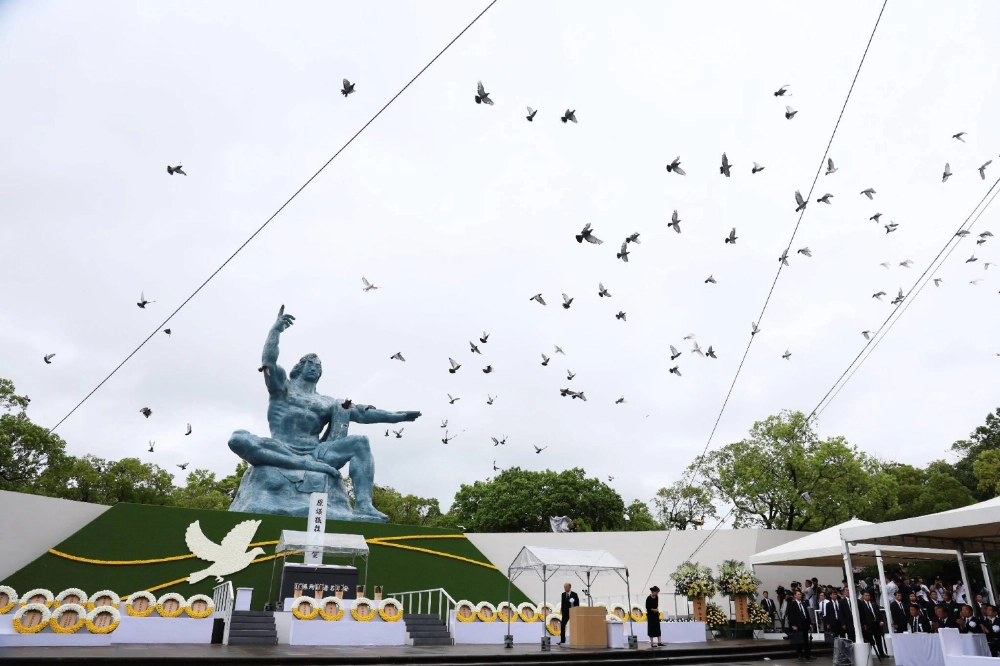Nagasaki marked 80 years since the U.S. atomic bombing of the city on a rainy Saturday, amid frustration among the dwindling number of survivors that their powerful calls for eradicating nuclear weapons are falling on deaf ears.
At 11:02 a.m., the city observed a moment of silence marking the exact time the bomb exploded on Aug. 9, 1945, leaving an estimated 74,000 people dead in the ensuing chaos. It was the second and final nuclear weapon to be used in conflict, after the U.S. dropped an atomic bomb on the city of Hiroshima on Aug. 6 that year, killing some 140,000.
Japan surrendered days later, on Aug. 15, 1945, ushering in the end of World War II.


















With your current subscription plan you can comment on stories. However, before writing your first comment, please create a display name in the Profile section of your subscriber account page.